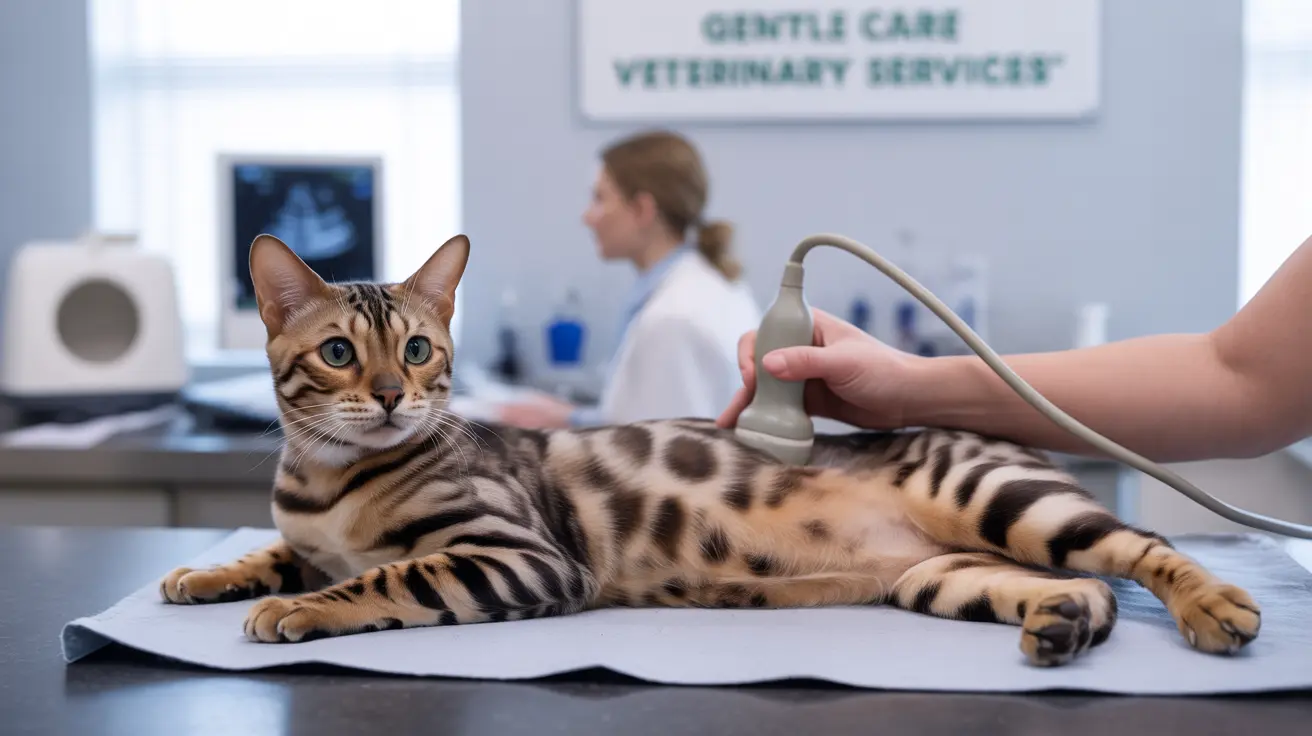When it comes to feline health emergencies, understanding the cat intestinal blockage timeline is crucial for pet owners. These potentially life-threatening obstructions can quickly escalate from mild discomfort to severe complications within hours or days. Early recognition and prompt veterinary intervention are essential for the best possible outcome.
This comprehensive guide will walk you through the critical timeline of intestinal blockages in cats, from initial symptoms to treatment and recovery, helping you recognize when your cat needs immediate medical attention.
Early Warning Signs: The First 24 Hours
The initial signs of an intestinal blockage typically appear within the first 24 hours after ingestion of a foreign object. Common early symptoms include:
- Repeated vomiting, especially after eating or drinking
- Lethargy or unusual quietness
- Loss of appetite
- Frequent swallowing or drooling
- Abdominal discomfort or hunching
During this crucial period, cats may still appear relatively normal between episodes of discomfort, making it easy to miss the severity of the situation.
Critical Period: 24-48 Hours
The second day is often when symptoms become more pronounced and concerning. During this period, cats typically experience:
- Continued or worsening vomiting
- Complete food and water refusal
- Visible abdominal pain
- Significant behavior changes
- Dehydration symptoms
This 24-48 hour window is critical for seeking veterinary care, as tissue damage begins to occur due to restricted blood flow to the intestines.
Severe Complications: 48-72 Hours
Without treatment, the situation becomes dire after 48 hours. Serious complications can develop, including:
- Bowel perforation
- Peritonitis (abdominal infection)
- Severe dehydration
- Sepsis
- Tissue death (necrosis)
Treatment and Recovery Timeline
Immediate Intervention (Day 1)
When you bring your cat to the veterinarian, expect:
- Physical examination
- Diagnostic imaging (X-rays, ultrasound)
- Blood work
- Immediate stabilization with IV fluids
Surgical Treatment (Days 1-2)
Most complete blockages require surgical intervention, which involves:
- Pre-surgical stabilization
- Surgical removal of the obstruction
- Assessment and repair of any tissue damage
- Post-operative monitoring
Recovery Period (Days 3-14)
The typical recovery timeline includes:
- 24-48 hours of post-surgical hospitalization
- 7-14 days of restricted activity
- Gradual return to normal diet
- Follow-up veterinary checks
Prevention Strategies
Preventing intestinal blockages is far better than treating them. Essential preventive measures include:
- Removing string-like objects from your cat's environment
- Securing trash containers
- Supervising play with toys
- Regular environmental safety checks
- Proper toy selection and maintenance
Frequently Asked Questions
How long can a cat live with an intestinal blockage before it becomes life-threatening?
A cat with an intestinal blockage can become critically ill within 24-48 hours. Complete blockages can be life-threatening within 3-7 days, but severe complications can develop much sooner. Immediate veterinary care is essential for the best prognosis.
What are the first signs and symptoms of a cat intestinal blockage?
The earliest signs typically include repeated vomiting, loss of appetite, lethargy, and abdominal discomfort. Cats may also show excessive drooling, frequent swallowing, or unusual behavior changes.
What should I do if I suspect my cat has swallowed something and might have a blockage?
Contact your veterinarian immediately. Do not wait for symptoms to worsen or try home remedies. Quick professional assessment is crucial for preventing life-threatening complications.
How is cat intestinal blockage diagnosed and treated by veterinarians?
Veterinarians diagnose blockages through physical examination, X-rays, ultrasound, and blood work. Treatment usually involves surgical removal of the obstruction, though some partial blockages may be managed medically under close supervision.
How can I prevent my cat from developing an intestinal blockage at home?
Prevent blockages by keeping string-like objects, small toys, and hazardous items out of reach. Supervise play with toys, especially those containing strings or small parts. Regular home safety checks and proper toy maintenance are essential.
Conclusion
Understanding the cat intestinal blockage timeline is crucial for every cat owner. Quick recognition of symptoms and immediate veterinary care can mean the difference between a successful recovery and life-threatening complications. Stay vigilant, maintain a safe environment, and never hesitate to seek professional help if you suspect your cat has ingested a foreign object.






